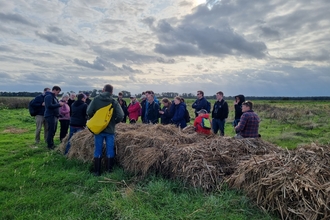
Opportunity to contribute to the understanding of the constraints and opportunities for agricultural lowland peat
Views are being sought from a range of stakeholders who have experience of, or are interested in, agriculture on lowland peat.
Bog cranberry (Vaccinium oxycoccos). Credit Emma Hinchliffe
Keep up to date with our latest peatland-related news as well as articles from our partners. If you would like to submit an article, please contact info@iucn.org.uk.

Views are being sought from a range of stakeholders who have experience of, or are interested in, agriculture on lowland peat.

The next stop for the immersive digital library of peatland resources is Victoria Falls, Zimbabwe, where international wetlands experts are coming together to discuss the future of these precious…

The Art and Energy Collective has been awarded a grant by The National Lottery Heritage Fund to work in partnership with peatland restoration and cultural organisations across the South-West…
Opportunity to contribute to public consultation on National Policy Statements to support Clean Power Plan.
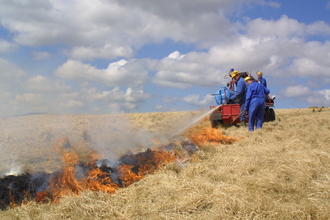
The IUCN UK Peatland Programme has responded to Defra’s proposal to protect a greater extent of peatlands in England from burning.
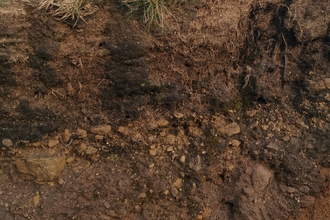
This week Natural England published the much anticipated England Peat Map which highlights the extent of the restoration challenge which lies ahead.

The IUCN UK Peatland Programme-led motion to develop a unified definition of peatlands has successfully passed through its first stage, and is now headed to the World Conservation Congress for…
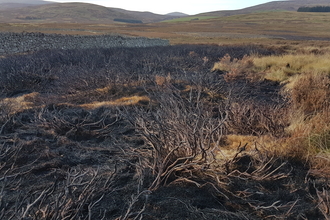
We summarise three new reports from Natural England which have important implications for English peatlands, and launch our updated Position Statement on 'Burning and Peatlands'.
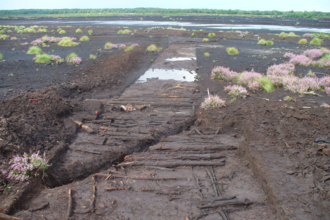
The IUCN UK Peatland Programme are pleased to publish our latest brief focusing on the impacts of tracks and roads on peatlands.
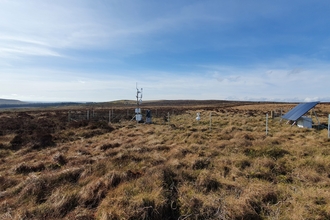
The UK Centre for Ecology and Hydrology is seeking proposals for projects up to £75,000 to advance research to transform degraded UK peatlands into effective greenhouse gas removal (GGR) systems…